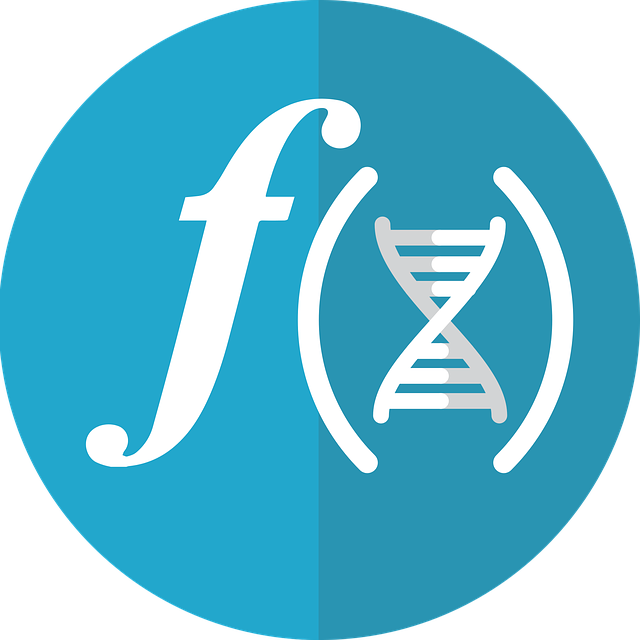Spring Framework
· ☕ 1 min read · ✍️ t1
The Spring Framework is a popular Java framework that provides a comprehensive set of tools and libraries for building enterprise-level applications. It offers a number of benefits and advantages over other frameworks, including:
It is lightweight and modular, allowing developers to only include the features and libraries that they need for their specific application. It is highly configurable and extensible, allowing developers to customize and extend its functionality to meet the needs of their application.

